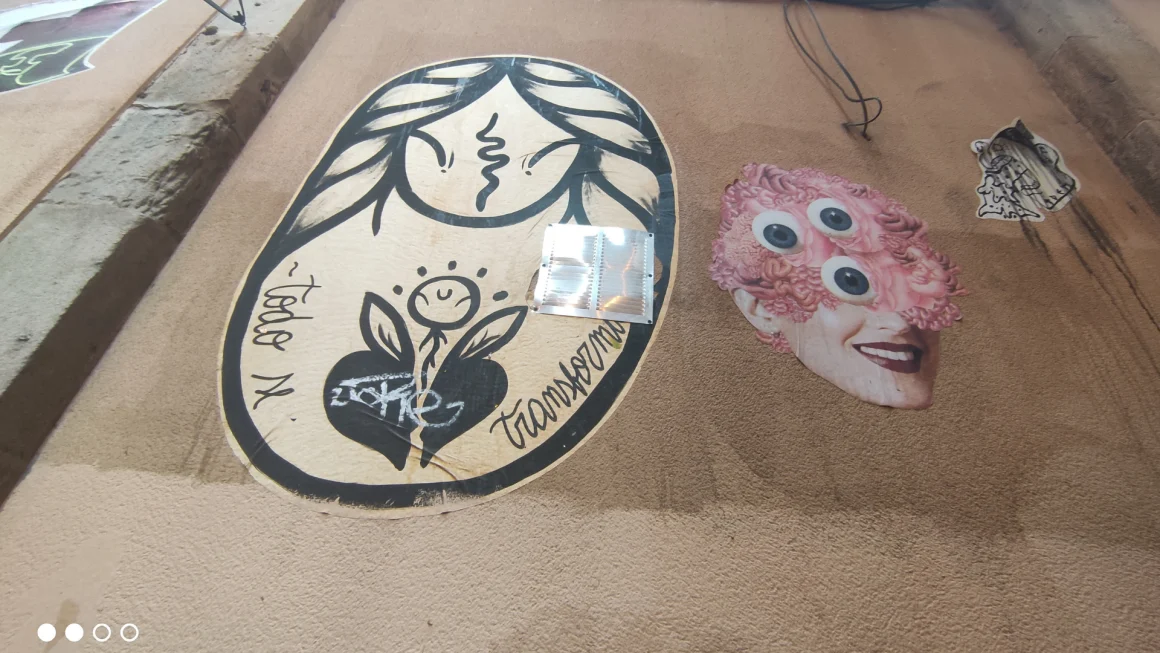In April 2020 the Uffizi Gallery in Florence, Italy, one of the most famous art museums in the world, opened its account on Tik Tok (@uffizi galleries). The Uffizi Gallery exhibit a collection, spanning from times of Roma to XIX century, that includes works by Sandro Botticelli, Michelangelo, Da Vinci, Rubens or Velazquez among others.
In the Tik Tok account, now with 70.2K followers, they upload pictures and videos of the paintings with filters, effects and text. With this, they create short stories related to famous songs, internet memes or special events such as Milano Fashion Week. So, we can see Venus from The Birth of Venus wearing a facemask and protection equipment or Petrarch singing “Laura non ce”.
Although from a visibility point of view it could be considered as a success, the real success is that, once they reopened their doors in June 2020 after lockdown, 34% — 45% of their visitors were under 25 years, the previous year this age range represented 18% — 24%.

Tik Tok is a social media platform in which a 69% of their users are between 13 and 24 years old. These users are not only the current public of the gallery, but they are also the future visitors and communicating in the same way they do is a must for any organization that wants to reach them. The message that Uffizi Gallery has been communicating to the public is this is: Art is not boring. It is pretty important, if art is only presented as an academic matter and a school subject, people surely will still consider it as an important thing but most of them won’t be attracted.
Uffizi Gallery is not the only museum with a Tik Tok account, Louvre in Paris, El Pardo in Madrid or The Rijksmuseum in Amsterdam also adopted this social media platform. We should realise this goes beyond increasing the number of young visitors of a museum. If we want art to be preserved, it has to be appreciated.






